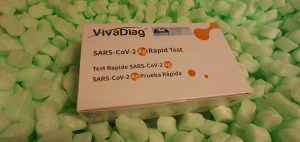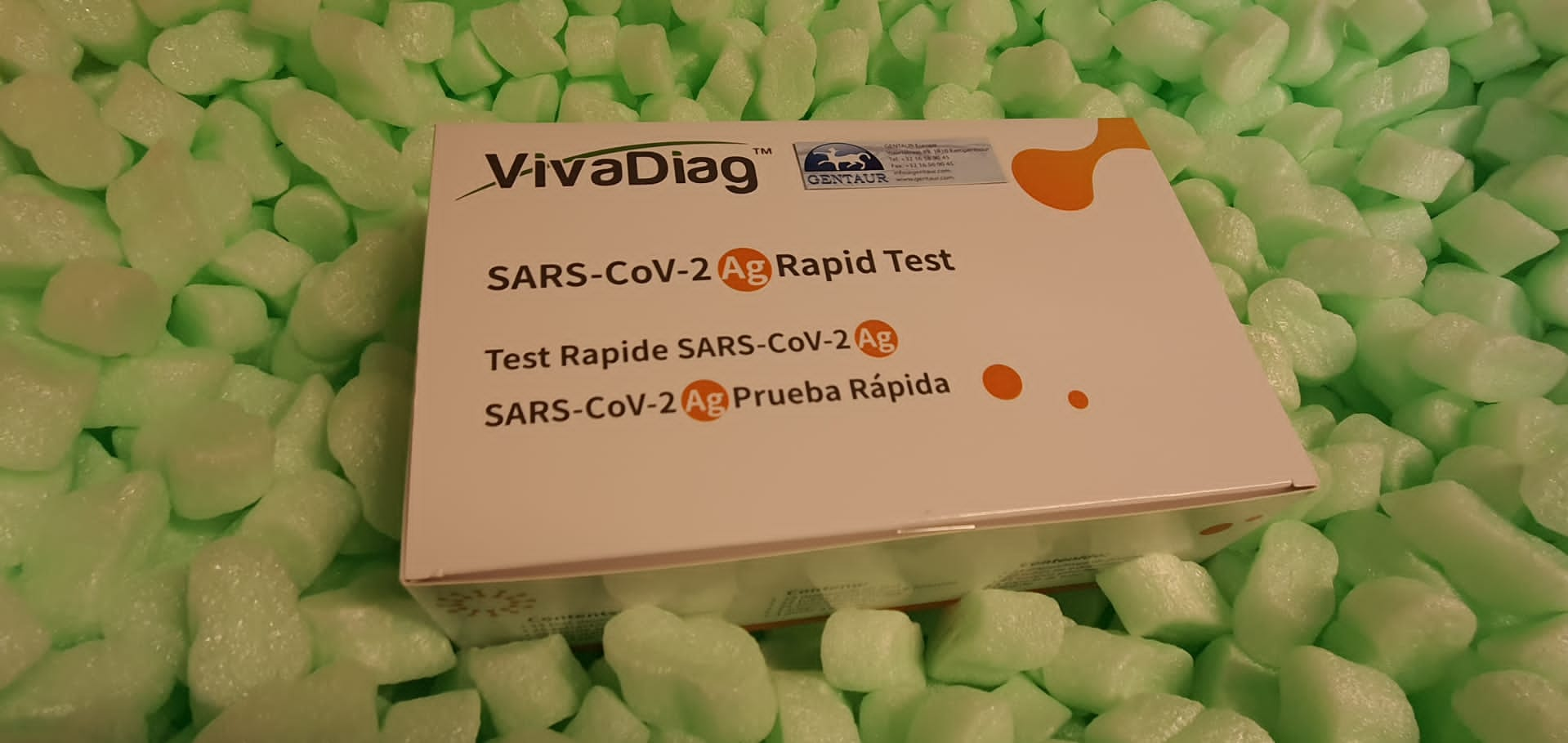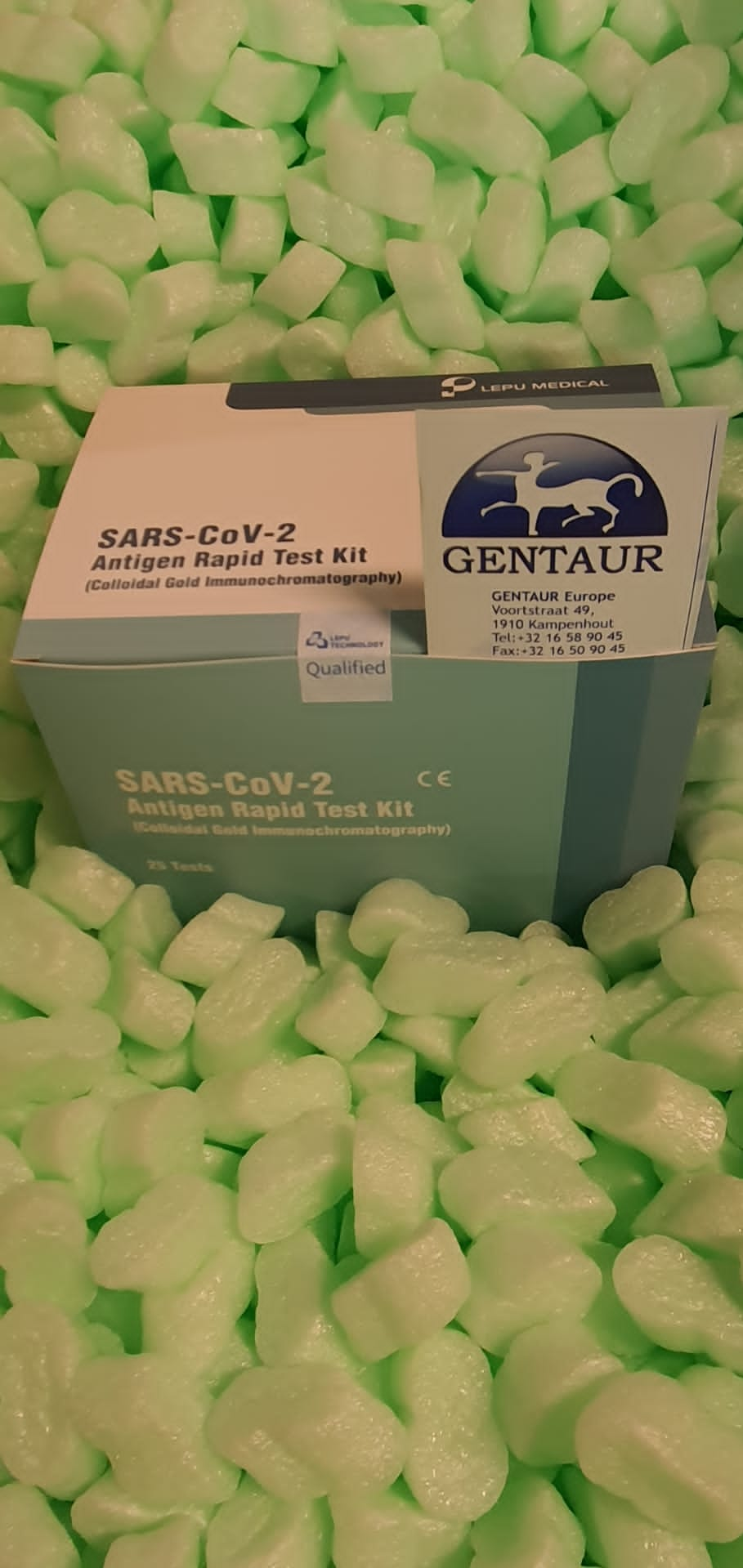Immune checkpoint inhibitors (ICIs) are a promising advance within the therapy of sufferers with lung most cancers. Nonetheless, every ICI has been examined with an independently designed companion diagnostic assay that’s primarily based on a singular antibody. Consequently, the completely different trial-validated programmed demise ligand 1 (PD-L1) immunohistochemistry (IHC) assays shouldn’t be thought of interchangeable. Our intention was to check the efficiency of every out there PD-L1 antibody for its skill to precisely measure PD-L1 expression and to analyze the potential of harmonization throughout antibodies by means of using a brand new speedy IHC system, which makes use of noncontact alternating present (AC) mixing to attain extra secure staining.
First, 58 resected non-small cell lung most cancers (NSCLC) specimens had been stained utilizing three PD-L1 IHC assays (28-8, SP142, and SP263) to evaluate the harmonization achieved with AC mixing IHC. Second, specimens from 27 sufferers receiving ICIs for postoperative recurrent NSCLC had been stained utilizing the identical IHC technique to check the scientific efficiency of ICIs to PD-L1 scores. All sufferers obtained a tumor proportion rating (TPS) with the 22C3 companion diagnostic check.
Higher staining was achieved with the brand new AC mixing IHC technique than the traditional IHC in PD-L1-positive instances, and the interchangeability of some combos of assays was elevated in PD-L1-positive. As well as, AC mixing IHC offered extra acceptable general response charges for ICIs in all assays. Sixteen out of 85 tumors confirmed constructive staining representing 5% of FB tumors, 24% of CCS tumors and 47% of FM. In FB and CCS tumors, constructive staining was primarily encountered in atypical intraepidermal melanocytic proliferations and spitzoid neoplasms. The specificity of constructive PRAME staining was 95% and its concordance with the ultimate diagnostic interpretation was 75%.
Impression of Preanalytical Components on the Measurement of Tumor Tissue Biomarkers Utilizing Immunohistochemistry
Evaluation of formalin-fixed paraffin-embedded (FFPE) tissue by immunohistochemistry (IHC) is commonplace in scientific and analysis laboratories. Nonetheless, reviews recommend that IHC outcomes might be compromised by biospecimen preanalytical elements. The Nationwide Most cancers Institute’s Biospecimen Preanalytical Variables Program performed a scientific research to look at the potential results of delay to fixation (DTF) and time in fixative (TIF) on IHC utilizing 24 most cancers biomarkers. Variations in IHC staining, relative to controls with a DTF of 1 hr, had been noticed in FFPE kidney tumor specimens after a DTF of ≥2 hr.
Reductions in H-score and/or staining depth had been noticed for c-MET, p53, PAX2, PAX8, pAKT, and survivin, whereas will increase had been noticed for RCC1, EGFR, and CD10. Extended TIF of 72 hr resulted in considerably lowered H-scores of CD44 and c-Met in kidney tumor specimens, in contrast with controls with 12-hr TIF. An elevated likelihood of altered staining depth attributable to DTF was noticed for 9 antigens, whereas for extended TIF an elevated likelihood was noticed for one antigen.
Outcomes reported right here and elsewhere throughout tumor sorts and antigens assist limiting DTF to ≤1 hr when attainable and fixing tissues in formalin for 12-24 hr to keep away from confounding results of those preanalytical elements on IHC. The persistent an infection of high-risk human papillomavirus (HR-HPV) is among the most typical causes of cervical most cancers worldwide, and HPV kind 58 (HPV58) is the third most typical HPV kind in japanese Asia. The E7 oncoprotein is constitutively expressed in HPV58-associated cervical most cancers cells and performs a key function throughout tumorigenesis. This research aimed to evaluate the HPV58 E7 protein expression within the tissues of cervical most cancers and cervical intraepithelial neoplasia (CIN).

NKX3.1 immunohistochemistry is very particular for the prognosis of mesenchymal chondrosarcomas: expertise within the Australian inhabitants
Mesenchymal chondrosarcoma (MC) is a uncommon sarcoma that usually arises in adolescents and younger adults and characteristically harbours a HEY1-NCOA2 gene fusion. A current research has proven that NKX3.1 immunohistochemistry (IHC) is very particular and delicate in MCs. NKX3.1 is a nuclear marker expressed in prostatic tissue and is broadly utilized in most laboratories to find out prostatic origin of metastatic tumours. Within the present research we investigated whether or not this stain can be utilized within the diagnostic workup of MC, as it could help in triaging instances for additional molecular testing, by assessing its expression in a cohort of MCs and in a large spectrum of sarcoma sorts.
Moreover, we aimed to elucidate if expression of NKX3.1 by MCs is expounded to androgen receptor (AR) expression. We recognized NKX3.1 constructive nuclear staining in 9 of 12 particular person sufferers of MC (n=20 of 25 samples when taking into consideration separate episodes). 4 of the 5 unfavorable specimens had been beforehand subjected to acid-based decalcification. NKX3.1 was unfavorable in 536 samples from 16 non-MC sarcomas derived from largely tissue microarrays (TMAs). Total, we recognized 80% sensitivity and 100% specificity for NKX3.1 IHC in MCs.
[Linking template=”default” type=”products” search=”APO-BRDU-IHC IMMUNOHISTOCHEMISTRY KIT” header=”2″ limit=”126″ start=”1″ showCatalogNumber=”true” showSize=”true” showSupplier=”true” showPrice=”true” showDescription=”true” showAdditionalInformation=”true” showImage=”true” showSchemaMarkup=”true” imageWidth=”” imageHeight=””]
The sensitivity elevated to 95.2% when acid-based decalcified specimens had been excluded from the evaluation. No correlation between NKX3.1 expression and AR IHC was recognized. In abstract, our findings point out that NKX3.1 nuclear positivity is very delicate and particular for MC, offered that ethylenediaminetetraacetic acid (EDTA)-based quite than acid-based decalcification is used for pattern processing. NKX3.1 IHC in the precise scientific and histopathological setting can doubtlessly be ample for the prognosis of MC, reserving molecular affirmation just for equivocal instances.




 Automated TTF-1 Immunohistochemistry Assay for the Differentiation of Lung Adenocarcinoma Versus Lung Squamous Cell Carcinoma
Automated TTF-1 Immunohistochemistry Assay for the Differentiation of Lung Adenocarcinoma Versus Lung Squamous Cell Carcinoma